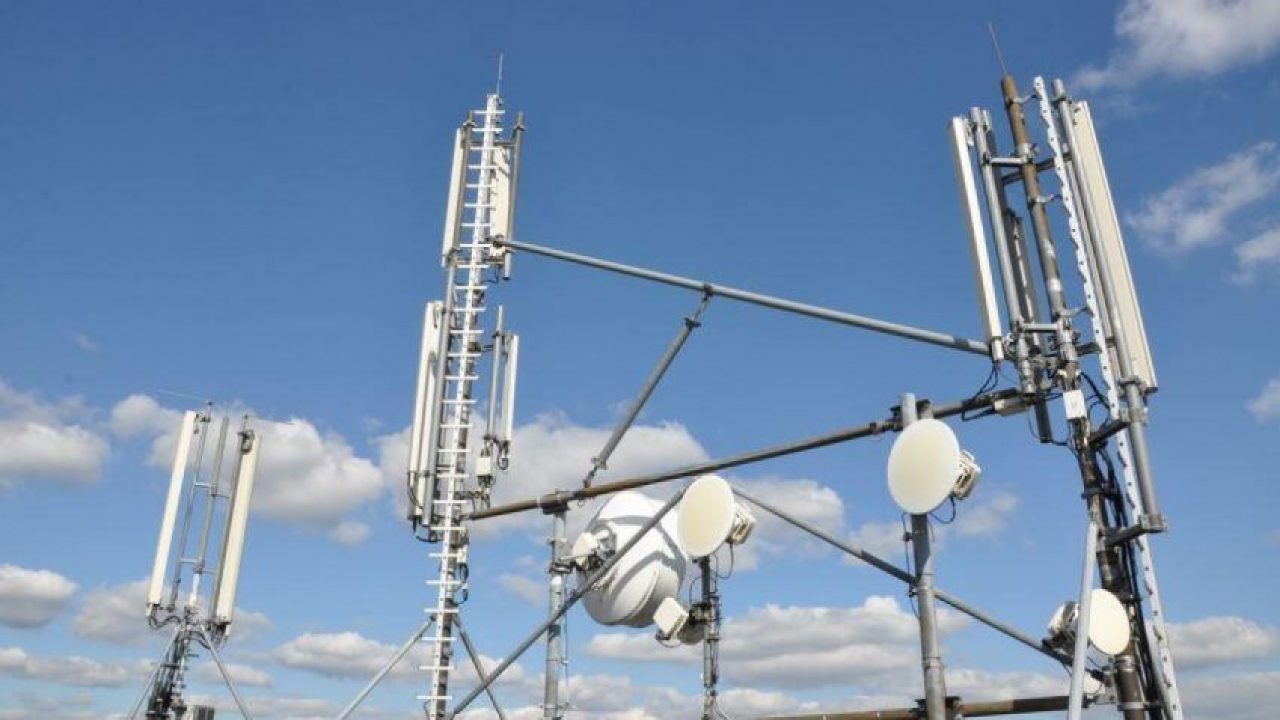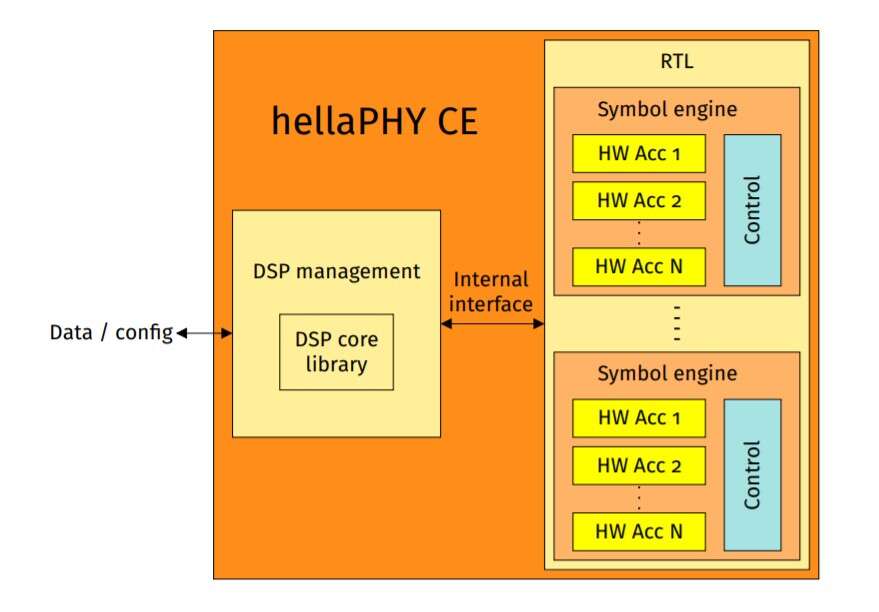PHY Wireless Takes on LTE Positioning Challenge
Article By : Nitin Dahad

New firm to focus on accurate positioning mobile IP cores for carriers, chip makers and IoT module manufacturers.
PHY Wireless has been spun out from its parent Acorn Technologies to provide intellectual property (IP) cores enabling location-of-things services on LTE and 5G cellular networks.
Its hellaPHY product suite provides scalable, low-cost, positioning and location intelligence solutions, targeting high-accuracy and low-power location services. It will be an independent, pure-play provider of IP cores, looking to sell to carriers, chip makers, Internet of things (IoT) module manufacturers, application service providers and end users.
The new firm, based in California, is seeking funding from external investors.
PHY Wireless CEO Tom Horgan said, “Our team has worked diligently over many years [under Acorn Technologies] to focus our technology innovations through proof-of-concept, to commercial-ready solutions. We have strong design-win momentum across our core product line, excellent relationships with key tier-one wireless operators, focused commercialization launch plans, and an investable business model with a clear focus on PHY Wireless’ positioning mobile solutions, where we see the greatest growth opportunities.”
The design wins Horgan refers to include LTE chip and module provider Sequans Communications, which had licensed the hellaPHY intellectual property (IP) cores in 2016. PHY Wireless’ IP is used for features such as indoor location services in a power efficient manner for IoT to CAT 15 devices compliant with FCC E-911 mandates, while providing spectral efficiency enhancements that improve network throughput.

The hellaPHY core
The hellaPHY solution is a suite of receiver IP cores targeting LTE, though it is applicable to any OFDM standard. It is designed to meet future wireless data access demands with its minimal network interaction and improved spectral efficiency of up to 60%.
Implemented as an optimized DSP/RTL core ready to be dropped into an SDR or ASIC, the IP core can also be customized to accommodate existing implementations. PHY Wireless claims superior channel estimation and other system critical parameter estimates, including fine timing estimation, Doppler estimation, noise covariance matrix estimation and time of arrival estimation. Its time of arrival estimation has demonstrated significant performance advantage over competing solutions for LTE positioning in comparative reference signal rime difference (RSTD) 3GPP simulations.
The company claims its technology has been engineered for the toughest minimal IoT situation, leading to a very small footprint, and requiring the least network resources and device power of anything in the marketplace. This, it said, will allow IoT module makers and wireless chip makers to meet their aggressive targets for low power wide area network (LPWAN) IoT solutions in terms of cost, power, and performance.
The company’s solutions scale throughout UE categories and support E911 requirements and bring infrastructure efficiency to carriers by extending spectral efficiency. Its algorithms are provided in both hardware and software versions that can exist within basebands or on application processors.
Horgan told EE Times that while accuracy is certainly an important measure of the quality of a location technology, it is by no means the only measure that needs to be considered, especially for IoT (CAT-M1 and NB-IoT) applications. He said, “Power, cost, time to first fix (TTFF), and security are also very important, as the need for long battery life and low device cost are key elements to the rollout of IoT devices and applications. hellaPHY LOC is the lowest-cost approach to positioning, as it eliminates the need for other technologies (WiFi, BT, GNSS), and doesn’t require any costly third-party lookup tables. The small amount of code can easily fit in the current, and planned, devices’ available memory, and processing power requires only a fraction of the modem MCU application processor capabilities.”
He added that its core is 60x more power-efficient than GNSS, and 6x more power-efficient than any UE-assisted positioning approach where the position calculation is done in the cloud or in the location server. “The TTFF that can be achieved by hellaPHY LOC is in fractions of a second, which allows the IoT device to remain in a deep sleep mode longer and only require a very short amount of time to get an initial fix. This in turn helps improve the power efficiency even further.”
Horgan also said security of device location is also very important as data privacy issues come to the fore. “By utilizing the security features built-in to most processors in use today, we are able to secure not only the position calculation but also the location of the device. So each device has a very secure location of its own, unlike what might be in a cloud implementation where many device locations would be stored and could possibly be hacked with a single intrusion versus the millions required to hack each individual IoT device.”
Additionally, Horgan commented, “IoT devices (CAT-M1 and NB-IoT) only use a fraction of the bandwidth of higher category devices, and only have a single antenna and receiver versus the diversity in higher category devices. With that in mind, hellaPHY LOC has demonstrated in third party tests up to 4x better accuracy than the higher order category devices, in dense urban, suburban, and rural use cases. We have demonstrated sub-30m accuracy in remote locations where our technology was able to listen to signals from eNodeB’s that were more than 12km away.”
Subscribe to Newsletter
Test Qr code text s ss


